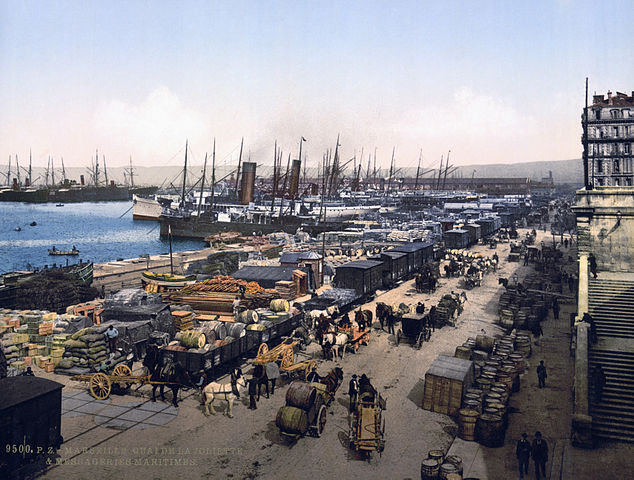After The Genocide, A Market For Armenian Bones?
\n
After The Genocide, A Market For Armenian Bones? –
\n
By Baskin Oran
\n
\n
\n
A Turkish writer tries to piece together a particular episode that offers a grisly European postscript to the slaugther of the Armenians last century.
\n
Manuel Kirkyasaryan, an Armenian from the southern Turkish city of Adana, had recorded his memories to tape before dying in Sydney in 1997. His son Stepan recently found the last tape he recorded before his death. We are adding it to the 5th edition of my book M.K. Adlı Cocugun Tehcir Anilari (The Deportation Memories of the Child named M.K.). One particular episode required further research, which I first present from the original recording:
\n
“And we said: this is the desert of Deir ez-Zor; there is more to it. We are going on for now. It was the year 1925. The time is summer. I was at the workshop of the garage of the Topcuyans in Aleppo where I worked.
\n
One day a large automobile came to the garage, loaded. There were some things loaded on the top of it with sacks [stacked] high. I said, ‘That is a big load. Is it not heavy?’ And they told me: ‘No, it is not heavy; it is light. It looks like a lot, but it is light.’ I asked: ‘What is inside the sacks?’ They told me: ‘There was a time when the Armenian migrants went to the deserts of Deir ez-Zor. I mean they took them and killed them [there]. Their bones are what is inside.’ I said: ‘What will they do with this?’ They told me: ‘A company came from Europe. They will gather these bones and take them to the port of Iskenderun and send to Europe by ship.’
\n
I asked: ‘What will they do?’ They said, ‘We do not know that part.’ They would probably use them for something. I came across scenes like this twice. There, the Europeans used the Armenians as tools. They were even taking their lives and bones for their interest.”
\n
Looking further
\n
This is such a horrifying event that I could not believe it. I thought maybe they made a joke to the young Kirkyasaryan. However, he says he saw this twice. And we do know that bare bones are actually large in mass but light in weight.
\n
Then I was shocked by a message on the devrimcikaradeniz.com website, where details of the same event were written. It was a summary of the book written by historian Vlassis Agtzidis that used Greek, American and French sources and newspapers.
\n
It tells of a ship that sailed Dec. 13, 1924 from the Turkish port of Mudanya to Marseille, France via Thessaloniki, Greece. There are no documents onboard about the cargo, but the porters discovered this mysterious load of human bones.
\n
This could have be considered normal. Things were chaotic in Greece after the “Asia Minor Catastrophe.” The people who ordered the load from Marseille must have intervened.
\n
A story with a Paris dateline was published in the Dec. 23, 1924 edition of The New York Times telling of a British registered ship named Zan that arrived in the port of Marseille, carrying 400 tons of human bones, which were suspected to be the remains of those “killed in the Asia Minor massacres.” There were reports that an investigation would be opened.
\n
\n
Port of Marseille, turn-of-the-century
\n
\n
The same details are described in the Midi daily’s Dec. 24, 1924 edition, this time with a Marseille dateline. “These bones are coming from the Armenian killing fields in Turkey and Asia Minor.”
\n
Neither article was printed on the front page of the newspapers — though we must remember that Europeans then may have been inured to massacres in the aftermath of World War I. But the facts reported fit in with the recording of Kirkyasaryan’s testimony in the 1970s, as the years matched and the tons of human bones must have come from mass graves.
\n
Who sold and bought the bones? And why?
\n
What would the British and French industrialists who imported this “product” do with it? I consulted a medical professor who said bones were used to produce glue, gelatin glass frames and, excuse me, animal feed (using bones for animal feed is now banned by the European Union after the spread of mad cow disease). The bones would be a pretty cheap “raw material.”
\n
So, who was the exporter? The title of the devrimcikaradeniz.com piece is very problematic: “How the Kemalists Sold 50,000 Human Bones to the French?”
\n
It is not possible that the Kemalists (the Committee of Union and Progress members) took part in this. It is possible that they would want the bones out of their sight because it would relieve their consciences, but exporting Greek bones would mean announcing the massacres of 1913-16 to the West more clearly than before. Moreover, who could find a Muslim exporter in 1924?
\n
The story cites French and British soap firms as the buyers. But according to my friend, soap is made with fresh bones and its supplements (meat, fat, intestines, etc.) from slaughterhouses, not from dry bones dug from the ground.
\n
Excuse this focus on such a filthy matter. The “producers” of these bones are the members of the Committee of Union and Progress, of course. But what’s new in this story is the “merchants,” and they are the same ones cited in Manuel Kirkyasaryan’s first-hand testimony: “There, the Europeans used the Armenians as tools. They were even taking their lives and bones for their interest.”
\n
WORLDCRUNCH
\n


